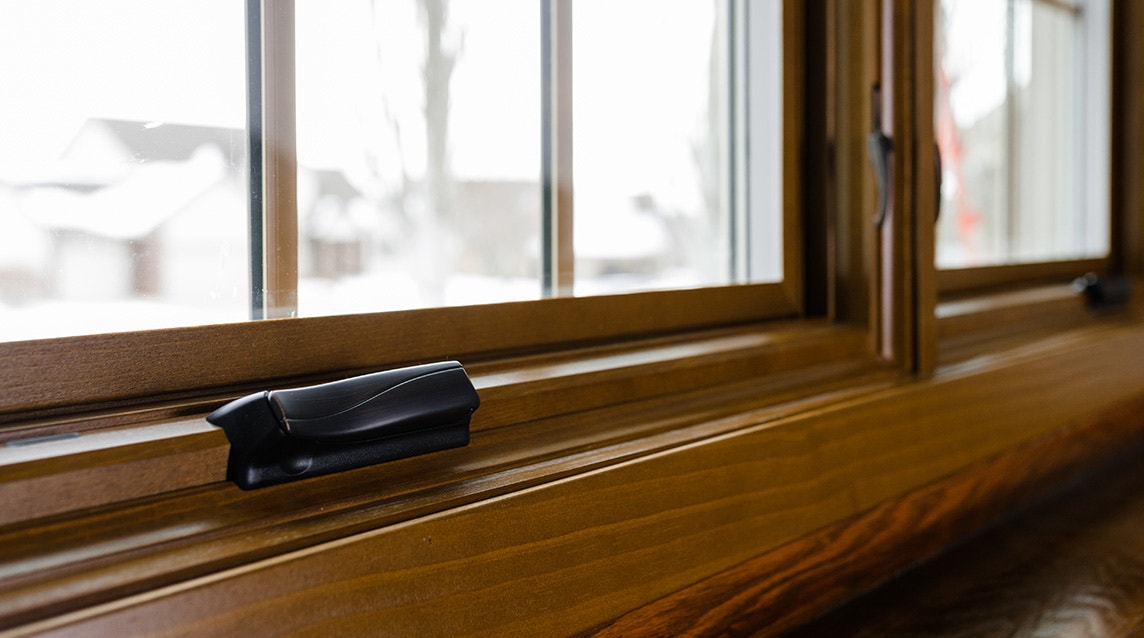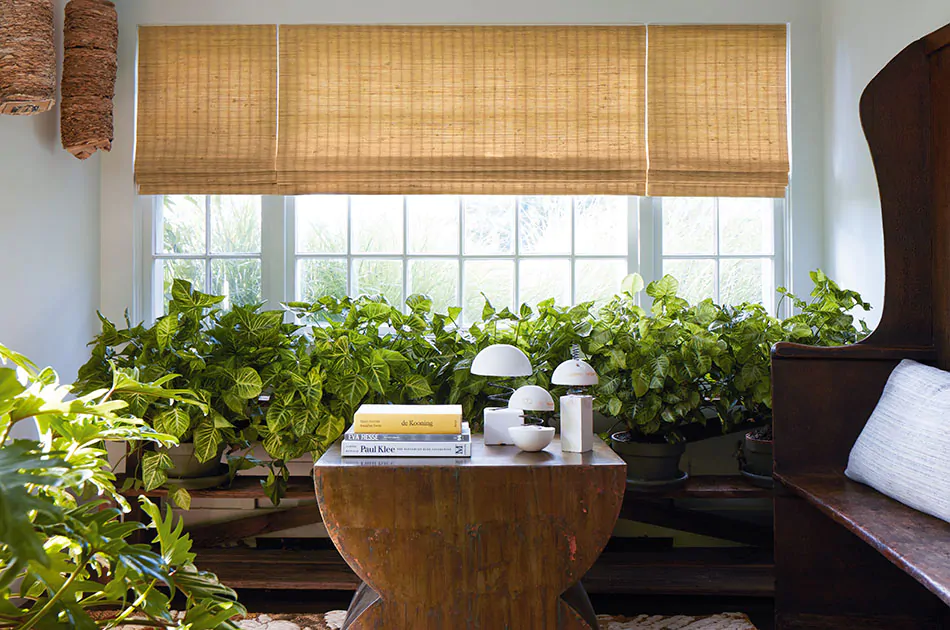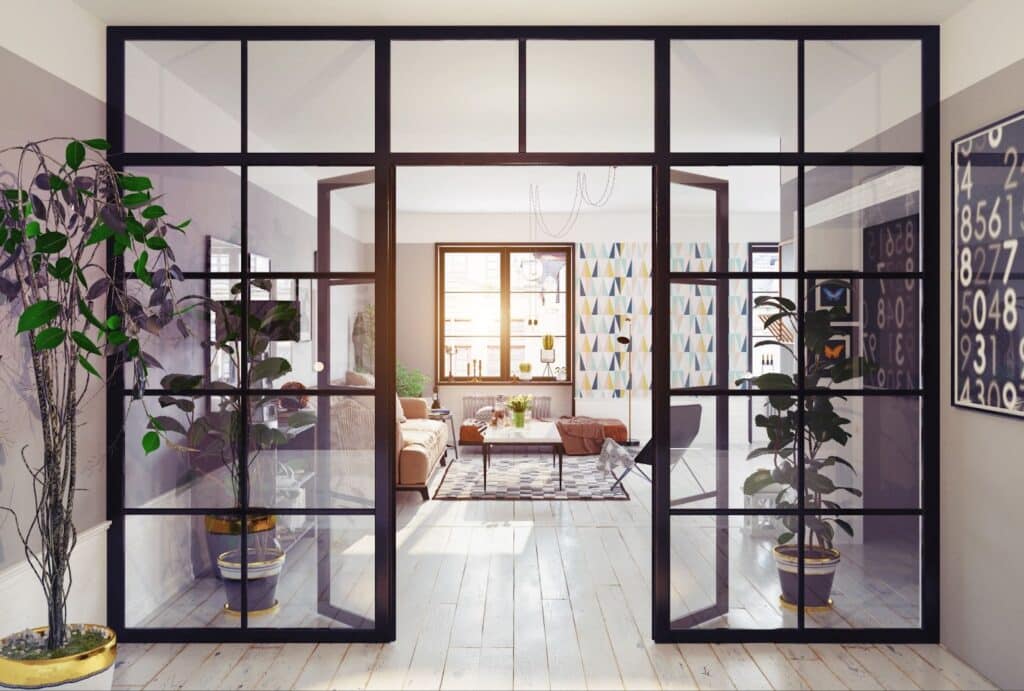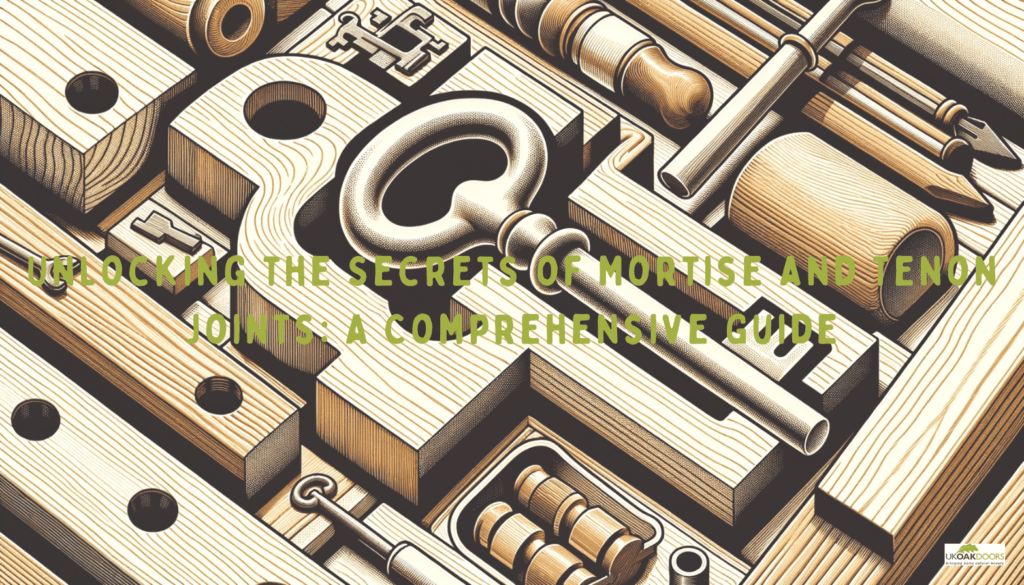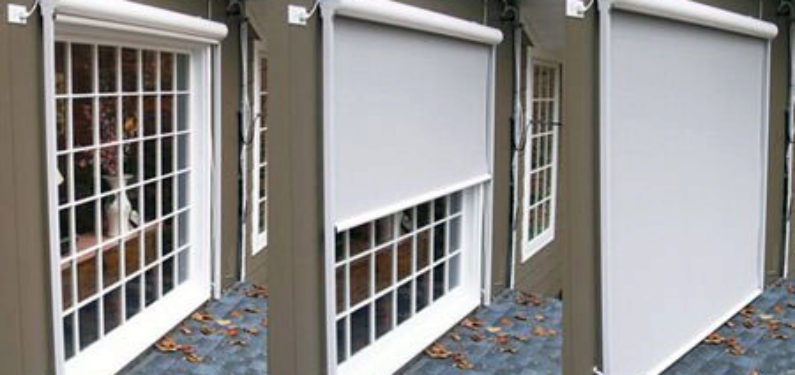
Imagine enjoying the bright, sunny days without the sweltering heat and blinding glare. That’s the magic of sun shades for exterior windows. These simple yet effective additions to your home can significantly improve your comfort, protect your furniture, and even lower your energy bills. Let’s dive into the world of exterior window shades and discover how they can transform your living space.
Why Choose Exterior Sun Shades?
Unlike interior blinds or curtains, exterior sun shades block sunlight before it even reaches your windows. This crucial difference provides several key benefits:
- Superior Heat Reduction: By stopping the sun’s rays outside, exterior shades prevent heat from entering your home, keeping your interior cooler.
- Glare Elimination: Say goodbye to annoying screen glare and harsh sunlight reflections. Exterior shades diffuse light, creating a comfortable and relaxing atmosphere.
- UV Protection: Protect your furniture, carpets, and artwork from fading and damage caused by harmful UV rays.
- Energy Savings: Reduce your reliance on air conditioning, leading to lower energy bills and a smaller carbon footprint.
- Enhanced Privacy: Enjoy your privacy without sacrificing natural light.
- Increased Curb Appeal: Exterior shades come in various styles and colors, adding a touch of elegance and sophistication to your home’s exterior.
Types of Exterior Sun Shades
There’s a wide range of exterior sun shades available, each with its own unique features and benefits. Here are some popular options:
Retractable Awnings
Retractable awnings provide flexible shade control. You can extend them when you need shade and retract them when you want to enjoy the full sunlight. These awnings are perfect for patios, decks, and large windows.
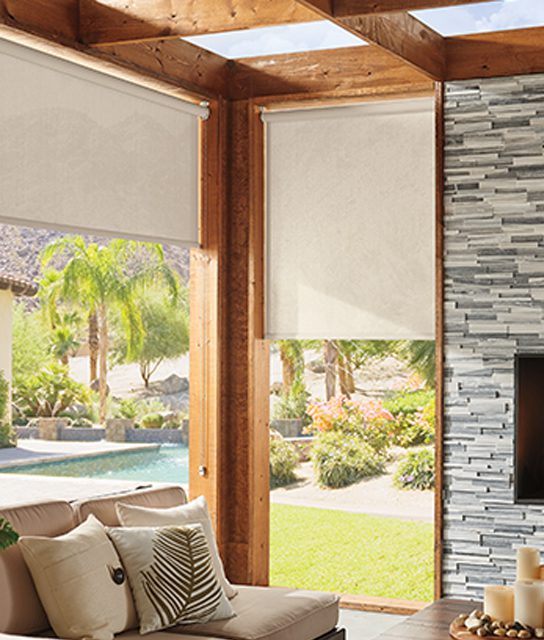
Solar Shades
Solar shades are made from woven fabric that blocks a significant portion of sunlight while maintaining your view. They’re ideal for windows where you want to reduce heat and glare without completely blocking the light.
Exterior Roller Shades
Exterior roller shades offer a simple and effective way to block sunlight. They roll up and down easily, providing adjustable shade control. They are very practical and durable.
Bahama Shutters

Bahama shutters, also known as Bermuda shutters, are angled shutters that provide shade and privacy. They’re particularly popular in coastal areas and offer excellent protection against storms.
Exterior Shutters
Exterior shutters are a classic choice for adding both style and function to your windows. They offer excellent sun protection and can significantly enhance your home’s curb appeal.
Choosing the Right Material
The material of your sun shades plays a crucial role in their performance and durability. Common materials include:
- Acrylic Fabric: Known for its durability, fade resistance, and water repellency.
- Polyester Mesh: Offers excellent UV protection and visibility.
- Aluminum: Provides robust protection and is ideal for shutters and awnings.

Installation Tips
Proper installation is essential for optimal performance. Consider these tips:
- Measure Accurately: Ensure you have precise measurements of your windows before purchasing shades.
- Professional Installation: For complex installations, consider hiring a professional.
- Choose the Right Hardware: Use high-quality hardware that can withstand the elements.
- Maintenance: Regularly clean your shades to prevent dirt and mildew buildup.
Conclusion
Sun shades for exterior windows are a fantastic investment for any homeowner looking to improve comfort, protect their home, and save on energy costs. With a wide range of styles and materials available, you can find the perfect shades to complement your home’s aesthetic and meet your specific needs. Embrace the benefits of exterior sun shades and enjoy a cooler, more comfortable living space.
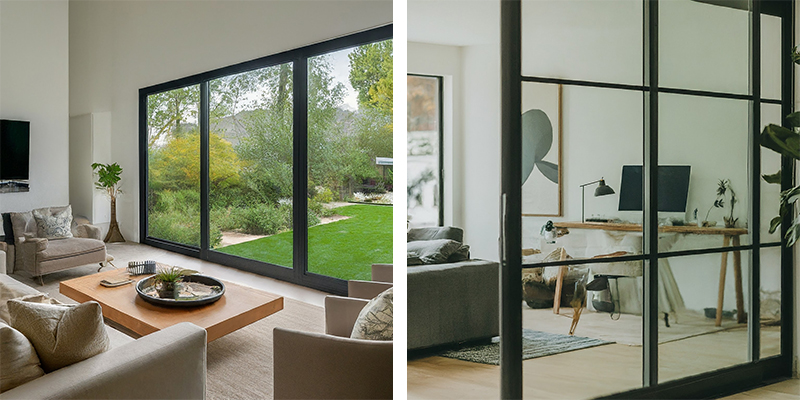
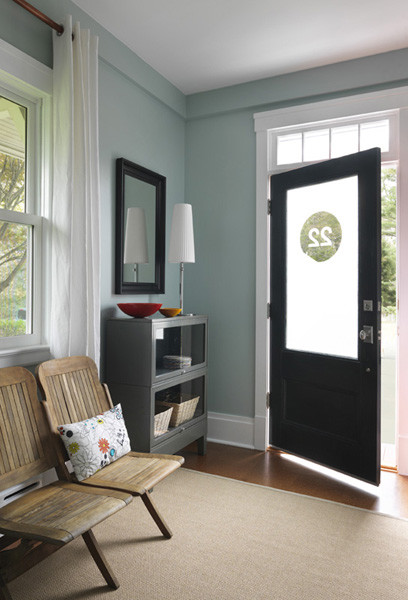
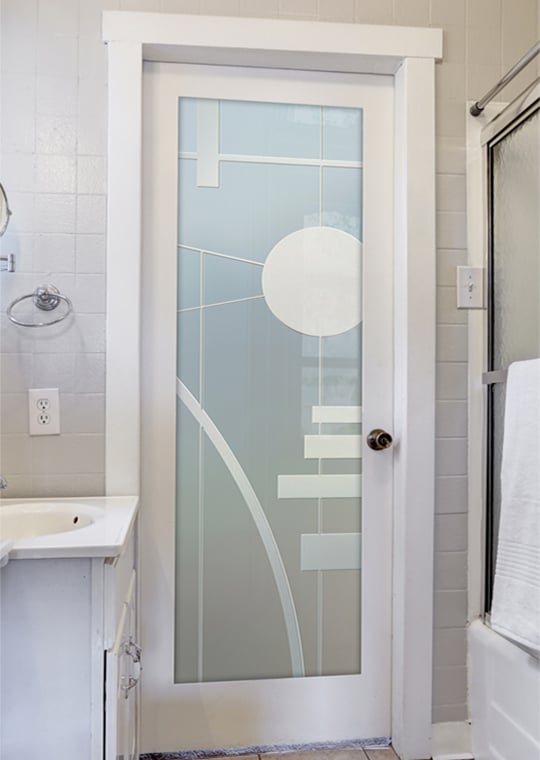


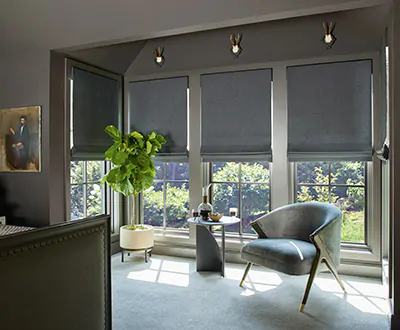
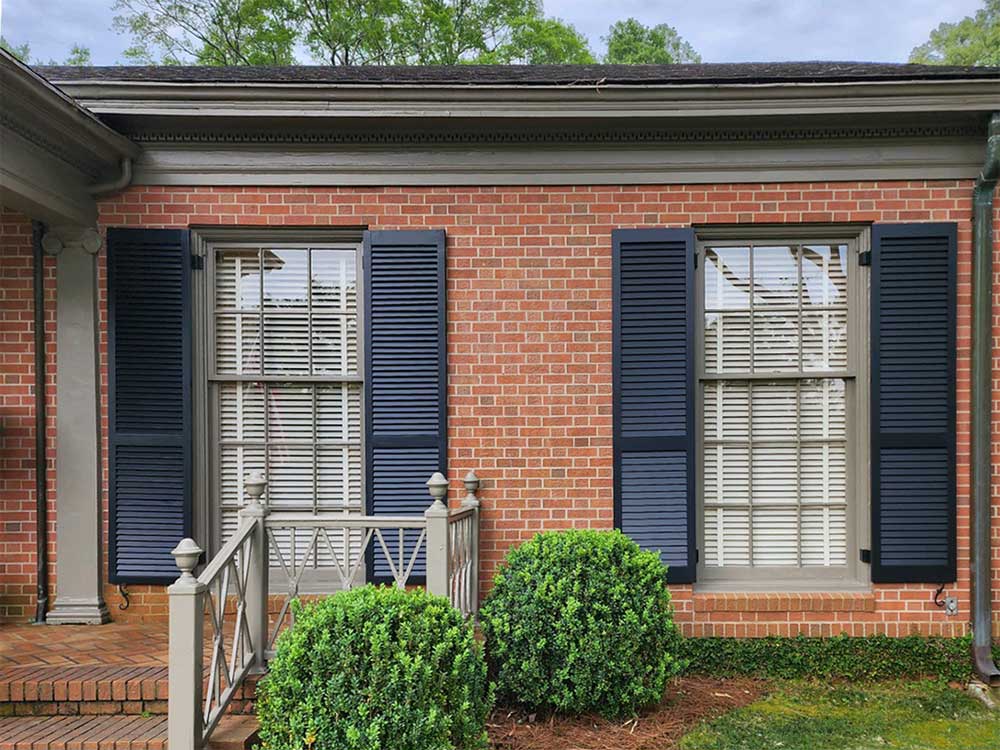


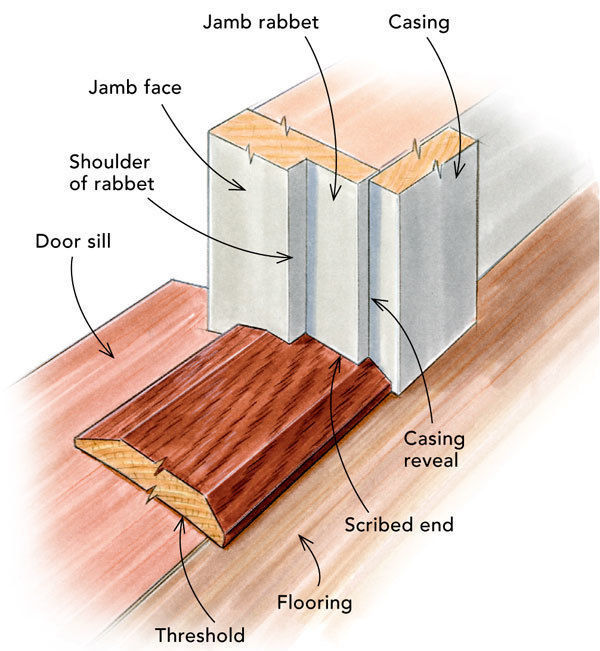
:strip_icc()/SDW_130_05-d1ddf7c6b91b4875a2c2094195dff8df.jpg)






